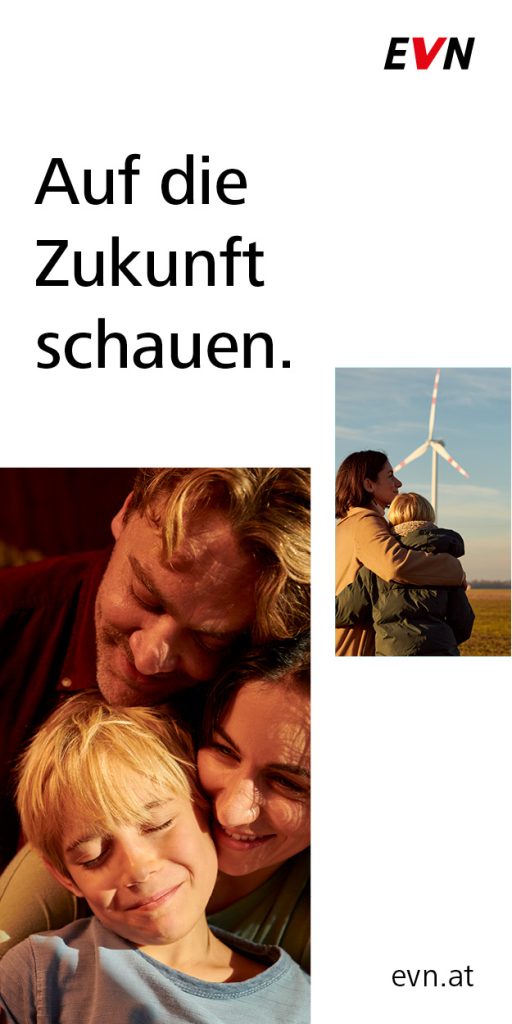
News
Wo Energie fließt, ist auch Leben. Denn Energie ist Leben.
International Woman’s Day: Why educating girls should be a priority also for Arab states.
Arab leaders across the Middle East and North Africa (MENA), along with their partners in the international community, must reassert the right to education for every child – especially for girls.
Current efforts fall short for far too many girls and young women. More targeted initiatives funding, research, and advocacy for education for girls and women in MENA was among the top priorities of the Beijing +20 meeting in March this year, because educating girls and women is one of the beste investments Arab states can make in the social and economic well-being.
A girl who goes to school is less likely to mary early and more likely to delay childbirth and have healther children. In Arab states, a one-year increase in maternal education is associated with a 23 percent decrease in the number of children under the age of five dying from pneumonia – the largest killer of children under five years.
As more countries in the Arab world are embroiled in conflict, it is also important to consider the role that educating and empowering women can playin establishing peace and security. Yet despite the benefits, Arab countries have one of the highest gender inequality rates in the world, second only to sub-Sahara Africa. A review of education data from 2000 to 2012 provides some sights.
Advancement in primary education
A number of countries have recognized the importance of equal access to education for boys and girls, achieving or nearing gender parity at the primary school level. Algeria and Morocco in particular have made significant progress since 2000. Both countries have almost achieved gender equality at the primary level.
Yemen, Djibouti, and to a lesser extent Mauritania continue to face the greatest challenges in providing girls with primary education, despite progress since 2000. Yemen remains one of the three countries globally with the lowest gender parity in education, along with the Democratic Republic of Congo and Afghanistan.
Secondary education lagging behind
However, while there are overall higher rates of enrollment of boys thangirls at the primary level, the trend is reversed at the secondary level. On the whole, girls are accessing secondary education at higher rates than boys. While girls‘ education shold be a priority, high boys‘ dropout rates in many Arab states should not be ignored. Therefore a concentrated effort is needed to accelerate progress in MENA countries that will miss the 2015 target of equal access to education for all girls. These efforts must aim to reach girls living in poor rural communities as well as those living in conflict.
Families living in poverty in rural areas in countries like Egypt and Yemen often choose to send their sons to school rather than their daughters, because they cannot affort the direct costs of opportunity costs of sending also their girls to school. Girls‘ education is also still widely seenas providing lower rates of return on investment, because they are less likely to use their education to earn an income.
Prior to war in Iraq and Syria, both countries were making strides in education as leaders in the MENA region. However, war has drastically affected children and especially girls. In Iraq in 2010, girls accounted for only 44 percent of students and almost 75 percent of them dropped out in primary school. In Syria, and as refugees in neighboring countries, girls face rampant harassment and violence, coupled with financial pressure on their families as a result of war. This means that instead of going to school many girls enter into early marriages. Without equal access to education, women’s empowerment both politically and economically cannot be sucured. Girls‘ education prepares young women for work and to participate in their communities and nations.
Bildungsoffensive in Österreich: Mädchen frühzeitig für Wissenschaftsberufe motivieren
50 Mädchen im Alter zwischen 11 und 16 Jahren, und damit so viele wie noch nie, haben am heurigen Girls Day des Bundesministeriums für Wissenschaft, Forschung und Wirtschaft (BMWFW) im Vienna Open Lab teilgenommen. Die Einrichtung gibt einen Einblick in die wissenschaftliche Arbeit eines molekularbiologischen Labors und ermöglicht den jungen Besucherinnen sich selbst als Wissenschaftlerinnen zu betätigen. „Der diesjährige Ort für den Girls Day wurde passend zum Jahr der Forschung 2015 gewählt, um junge Mädchen frühzeitig für Wissenschaft und Technik zu begeistern“ so Wissenschafts-, Forschungs- und Wirtschaftsminister Dr. Reinhold Mitterlehner.
Ziel des Mitmachlabors ist es, einen Ort der Begegnung und des Dialogs zwischen Wissenschaft und Öffentlichkeit zu schaffen und die tägliche Forschungsarbeit in einem Labor allgemein zugänglich zu machen. Unter fachmännischer Anleitung wird mikroskopiert, pipettiert und extrahiert. Dabei lernen die Kursteilnehmer nicht nur die gängigsten Laborgeräte, sondern auch grundlegende molekularbiologische Inhalte und Techniken kennen. Gefördert wird das Vienna Open Lab sowohl vom BMWFW als auch von dem integrierten österreichischen Öl- und Gaskonzern OMV, dessen Generaldirektor Dr. Gerhard Roiss auch mit seiner Technikqueens-Offensive junge Mädchen für technische Berufe bzw. naturwissenschaftliche Studien begeistern will.
Kontakte: www.jahrderforschung.at und www.technikqueens.at

